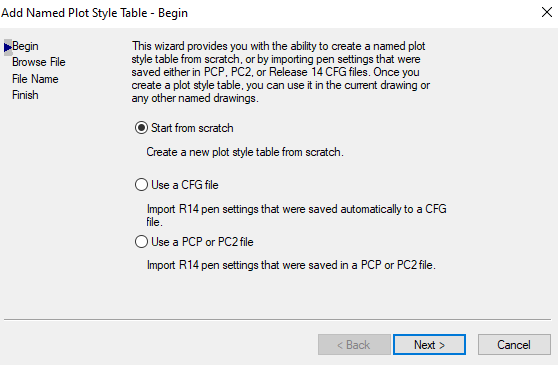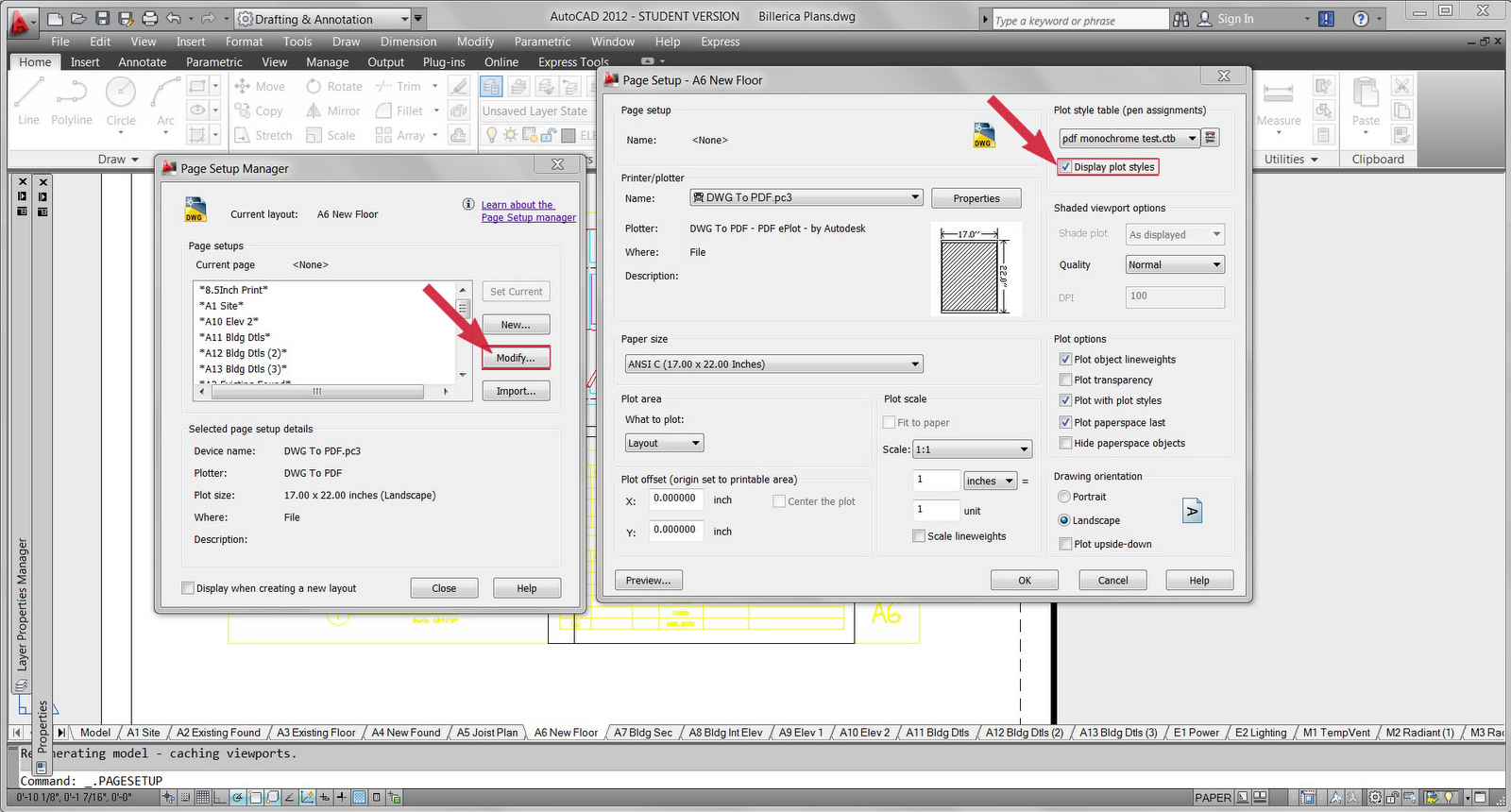
If you plan to send this drawing to someone it is best at this point to open the main dwg and bind all of the links. The main dwg will be the one with the shortest name. Each linked file will have a dwg file that is in turn xrefed into the main dwg. Now, if you have multiple dwg files that means that you have files linked into your Revit model. Trash the pcp file no you cannot stop Revit from creating it.

Only you have to create a ctb file from the pcp file. What is that pcp file? It is an old AutoCAD pen setting file (AutoCAD 13), that is used to store the line weights from Revit. So now you have a dwg file (possibly multiple, I will get to that soon) and a pcp file. If you do chose the second option you will lose all overrides when you export, and the third option will create layers for the overrides as opposed to leaving them as overrides of the individual elements. What it will do is create layers corresponding to the categories that reflect they graphics you have set up within Revit, and any override (think override graphics by view) will be applied to the individual element in cad. Since most people will just click right on by all the options, we will just focus on the first one. There are three options when exporting a Revit view to a CAD file: Export category properties BYLAYER and overrides BYENTITY, Export all properties BYLAYER, but do not export overrides, and Export all properties BYLAYER, and create new layers for overrides.

Revit automatically assigns category properties to its exported AutoCAD files, that is, it converts family categories to layers.

When the need arises to print a drawing from AutoCAD that has been exported from Revit old pen styles will not work.


 0 kommentar(er)
0 kommentar(er)
